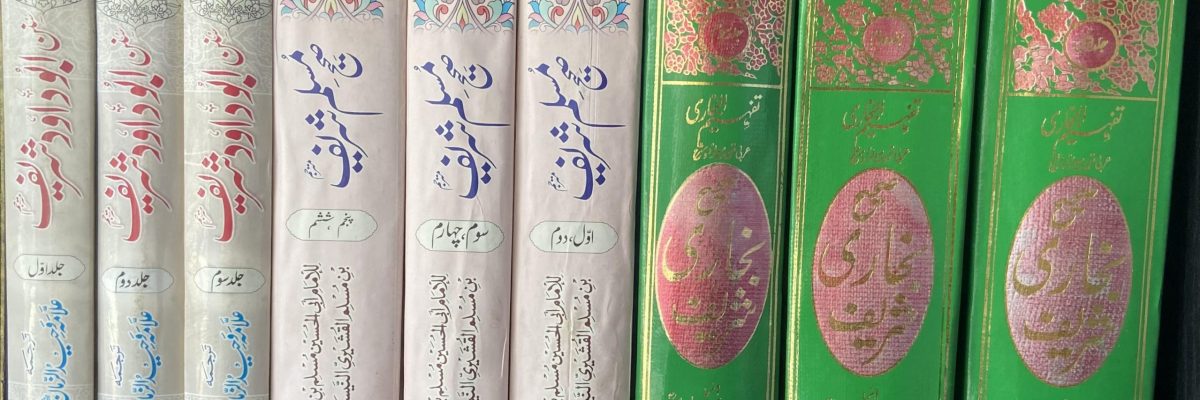Fatwa ID: 07455
Answered by Alimah Saniyah bint Asrar
Question:
What is the ruling Islamically on using the Olympic flame?
In the name of Allah, the Most Gracious, the Most Merciful
Answer:
I’m not sure I understand your question.
The Olympic flame is an important symbol within the Olympic movement, representing the link between the ancient and modern Games. It is ignited in Olympia and Greece a few months prior to the Olympics, marking the start of the torch relay. This relay culminates with the lighting of the Olympic cauldron at the opening ceremony of the Games, signifying the official start of the event.
The symbolic flame was first introduced during the 1928 Summer Olympics in Amsterdam. Positioned in a large bowl atop the ‘Marathon Tower’, the flame’s primary purpose was to make the location of the Olympic Games visible from miles away.
While the flame doesn’t have any direct religious associations in the modern day, it is a symbol that is supposed to connect the modern Olympics to ancient Olympics wherein this fire had a symbolic religious purpose. In ancient Greece, a flame burned continuously on the altar of the sanctuary of Hestia during the Olympic Games.
Fire held a divine significance in Greek mythology, and it was believed to have been stolen from the gods by Prometheus. Sacred fires were also present at many Greek sanctuaries, including Olympia.
Every four years, during the Olympic Games honouring Zeus, additional flames were lit at his temple and at the temple of his wife, Hera. In modern times, the Olympic flame is ignited in front of the ruins of Hera’s temple every two years.
Given that the flame has a connection to the pagan Greek tradition, it would make it disliked in Islam.
البحر الرائق شرح كنز الدقائق ومنحة الخالق وتكملة الطوري ٨/٥٥٥ — زين الدين ابن نجيم (ت ٩٧٠)
وَقَدْ قَالَ ﷺ «مَنْ تَشَبَّهَ بِقَوْمٍ فَهُوَ مِنْهُمْ» وَقَالَ فِي الْجَامِعِ الْأَصْغَرِ رَجُلٌ اشْتَرَى يَوْمَ النَّيْرُوزِ شَيْئًا يَشْتَرِيهِ الْكَفَرَةُ مِنْهُ وَهُوَ لَمْ يَكُنْ يَشْتَرِيهِ قَبْلَ ذَلِكَ إنْ أَرَادَ بِهِ تَعْظِيمَ ذَلِكَ الْيَوْمِ كَمَا تُعَظِّمُهُ الْمُشْرِكُونَ كَفَرَ، وَإِنْ أَرَادَ الْأَكْلَ وَالشُّرْبَ وَالتَّنَعُّمَ لَا يَكْفُرُ
النهاية في شرح الهداية – السغناقي ٣/٩١ — السغناقي (ت ٧١١)
ثم ابتدأ المسائل «الجامع الصغير» (١٠)، فقال: ولا بأس بأن يكون مقام الإمام في المسجد وسجوده في الطاق المراد منه المحراب، وقال شمس الأئمة الحلواني ﵀ (١١): وفيه طريقان أحدهما: أنه إذا دخل الطاق صار ممتازًا عن القوم في المكان؛ لأنه في معنى بيت آخر، وذلك صنيع أهل الكتاب، والتشبيه بهم مكروه قال ﵇: «من تشبه بقوم فهو منهم» (١٢) خصوصًا في الصلاة، ولهذا يكره الاعتجاز وتغطية الفم في الصلاة؛ لأنه تشبه بهم..
Only Allah (عز و جل) knows best.
Written by Alimah Saniyah bint Asrar
Checked and approved by Mufti Mohammed Tosir Miah
Darul Ifta Birmingham

